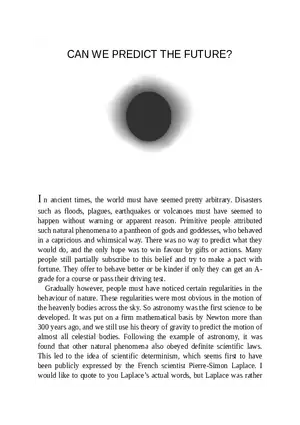Answer Key
Certain Biologically-based Experiences
-
University:
Emory University -
Course:
ANT 101 | Introduction to Anthropology Academic year:
2020
-
Views:
452
Pages:
2
Author:
Dominick Dickson
Related Documents
- Handout 10 and 11 The Power of Comparison on Hunters and Gatherers and Beyond
- Kant’s Influence on Anthropology
- Sessions 7: Questions for Class Presentations on Development in Latin America
- Primitive War Lecture
- Section Six: Medical Pluralism in the Former Zaire (I)
- Section Three: Historical Ideologies of Sexuality, Race, and Madness (I)
- Ongka's Big Moka Film
Report
Tell us what’s wrong with it:
Thanks, got it!
We will moderate it soon!
Report
Tell us what’s wrong with it:
Free up your schedule!
Our EduBirdie Experts Are Here for You 24/7! Just fill out a form and let us know how we can assist you.
Take 5 seconds to unlock
Enter your email below and get instant access to your document







